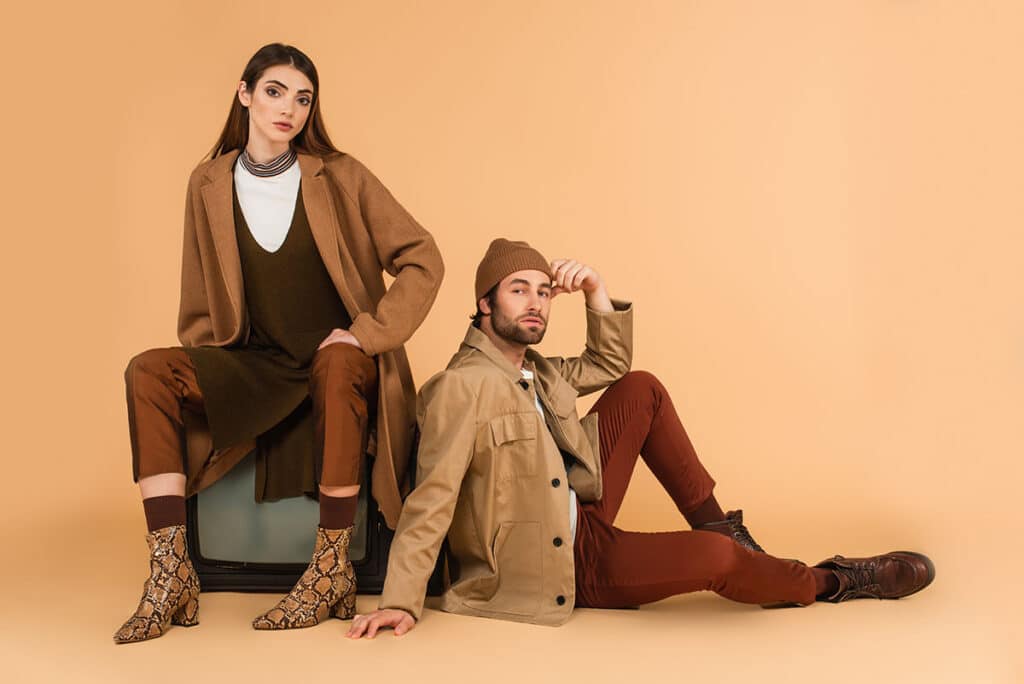The T&C’s of a Modelling Contract; Everything You Need to Know
Navigating the details of a modelling contract is crucial for success. This often forgotten-about document is vitally important and shouldn’t be overlooked. While boring compared to other glamorous aspects of modelling, it’s important you know the jargon and understand exactly what a contract says before signing on the dotted lines.
In this guide, we’ll break down the modelling contract so you know exactly what to expect.
Understanding the Basics
Before delving into the specifics of a model’s contract, it’s essential to understand its basic purpose. A modelling contract is a legally binding agreement between a model and a modelling agency or client. It outlines the terms, expectations, and obligations of both parties, ensuring a clear understanding of the professional relationship.

Key Components of a Model’s Contract
- Scope of Work
The contract should clearly define the scope of work expected from the model. This includes the type of modelling (e.g., runway, print, commercial), the duration of the contract, and any specific requirements such as travel or exclusivity.
- Compensation
Understanding the compensation structure is vital for aspiring models. Contracts typically outline the agreed-upon payment for each assignment or project. This may include a base fee, usage fees for photos, and potential bonuses for successful campaigns. Make sure you read the fine print; some agencies will often hide charges such as travel or accommodation and expect this to come out of the model’s wages. This can often leave model’s, particularly those who are new to the industry, out of pocket – so always double-check!
- Duration and Termination Clause
Models should pay close attention to the contract’s duration, which can range from a single assignment to an ongoing relationship. Additionally, the termination clause outlines the conditions under which either party can end the contract prematurely. It’s crucial to be aware of the notice period and any associated penalties.
- Exclusivity and Non-Compete Clauses
Exclusivity clauses restrict models from working with other agencies or clients during the contract period. Non-compete clauses may extend this restriction beyond the contract’s duration. These clauses can significantly impact a model’s flexibility, so careful consideration is essential.

- Usage Rights and Image Control
Models should be aware of how their images will be used. Contracts often specify the usage rights granted to the client or agency, including the mediums (print, digital, etc.) and geographical scope. Models may negotiate restrictions on how their likeness is used.
- Travel and Accommodation Arrangements
For assignments that require travel, the contract should clearly outline the responsibilities of both parties regarding travel arrangements, accommodation, and any associated costs. Understanding these details is crucial for a smooth and stress-free experience.
- Wardrobe and Grooming Requirements
Contracts may specify who is responsible for providing and maintaining the wardrobe and grooming for assignments. Models should clarify whether these costs are covered and ensure they are comfortable with any specific requirements.

Negotiating Your Contract
Armed with an understanding of the key components, aspiring models should feel empowered to negotiate their contracts. While some terms may be non-negotiable, others, such as compensation, exclusivity, and usage rights, may be subject to discussion. It’s essential for models to advocate for fair terms that align with their career goals and personal boundaries.
Tips for Aspiring Models
- Seek Legal Advice
Before signing any contract, it’s advisable to seek legal advice. A lawyer with experience in the fashion industry can help you understand the terms and implications of the contract, ensuring that your rights are protected. We really recommend that you do not skip this step; while it can be a bit of effort, ultimately it’s going to put you in a much stronger and safer position, so there are no unhappy surprises later on in your modelling career.
- Build a Professional Network
Connect with experienced models, industry professionals, and mentors who can provide guidance on navigating contracts and share valuable insights from their own experiences. Learning from others’ successes and challenges can be invaluable.

- Educate Yourself Continuously
Stay informed about industry trends, standard practices, and legal developments. The fashion industry is dynamic, and knowledge is a powerful tool for making informed decisions about your career.
Navigating the terms and conditions of a model’s contract is a crucial aspect of building a successful career in fashion modelling. By understanding the key components, negotiating wisely, and seeking professional advice, aspiring models can embark on their journey with confidence and clarity.
Remember, a well-informed and empowered model is not only a creative force on the runway or in front of the camera but also a savvy professional in the competitive world of fashion!